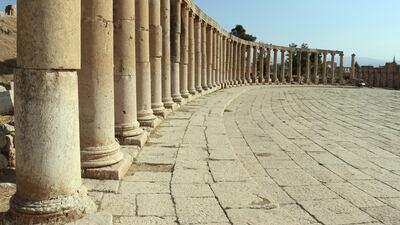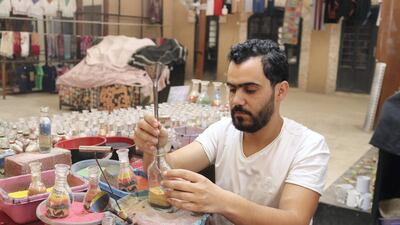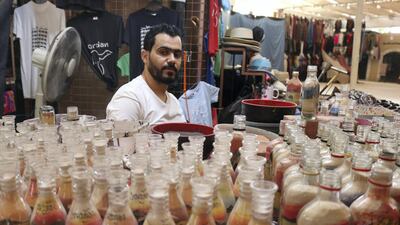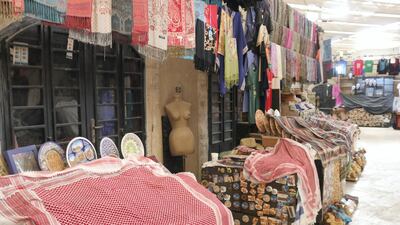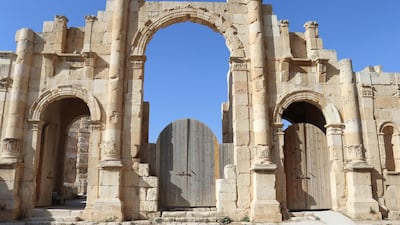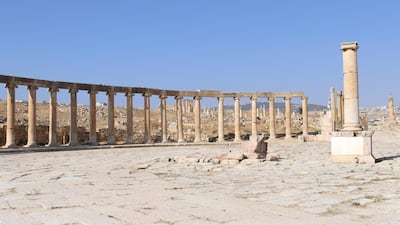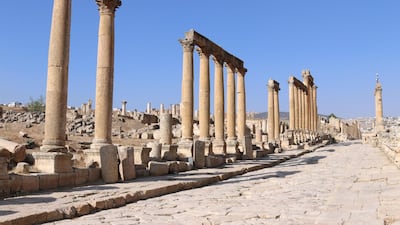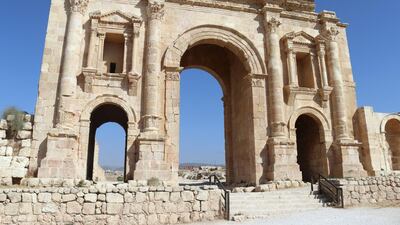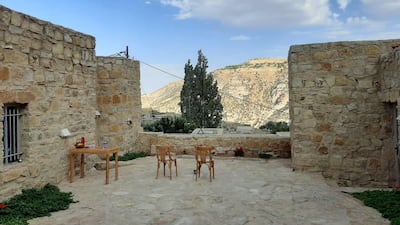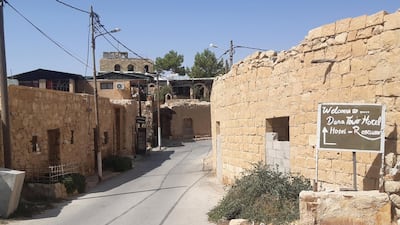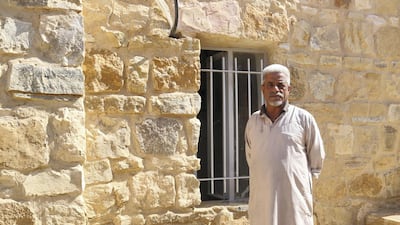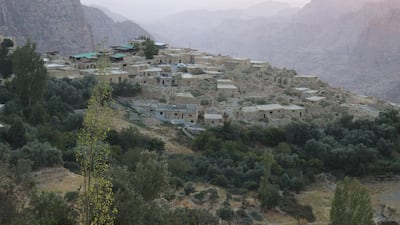Despite a coronavirus vaccine on the horizon, tour guide Aamar Mohammed is pessimistic.
Instead of taking visitors through Jordan’s nature reserves during the tourism peak season, he is sitting at home debating whether he should hope for a turnaround in the spring or abandon his career altogether.
“I have gone from a job in the fastest-growing sector to wondering how I will put food on the table tomorrow,” said Mr Mohammed, a 20-year industry veteran. “It can’t go on.”
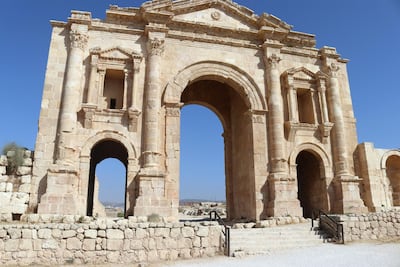
The kingdom's cash-strapped government is searching for solutions as it tries to keep afloat an industry that contributes 13 per cent to 15 per cent of GDP, employs 60,000 and is known as “the petrol of Jordan”.
This summer, the government issued tax and licence exemptions, soft loans, loan payment deferments, and incorporated freelance workers into the social security umbrella.
Its most ambitious initiative was Urdonnah Jannah – heavily-subsidised trips for Jordanian tourists to 60 destinations across the country, providing salaries to tour operators, bus drivers and 700 tour guides from July through October.
Yet government funds are running out and no return of foreign visitors is in sight. Surging Covid-19 cases brought weekend lockdowns, drying up the modest domestic tourism keeping the industry afloat.
As talks continue between the industry and the government on interventions beyond loans and tax relief, 60 of the country’s 260 tour operators and several hotels and campsites in Petra and Wadi Rum say they have closed for good, according to the Jordan Hoteliers Association and campsite owners.
"We have yet to find a way out," Awni Kawar, director of the Jordan Inbound Tour Operators Association, told The National.
“Staff are getting fed up and are leaving the sector to look for other jobs. As we face more delays in finding a solution, we are losing more skilled people on the way.”
Adding to the pain is the fact that the pandemic came months after a record-breaking year for tourism, with the kingdom attracting one million visitors and generating 4.1 billion Jordanian dinars ($5.8bn) in 2019. The boom encouraged many businesses to expand in expectation of a record-breaking 2020.
The blow to tourism from the pandemic has been particularly devastating for medium-sized businesses and sites outside the capital, where entire families, villages and towns rely on the sector.
One of those places is Dana, a cliffside Ottoman village in the dramatic Jordan Rift valley that is the heart of Jordan’s eco-tourism, a stopover for tourists heading south to Petra, and rated a top global travel experience by Lonely Planet.
Here, there are 150 local residents who rely solely on tourism, supporting 1,200 people in their village.
On a day in late October, the streets were empty and feral dogs outnumbered people 10 to one.
Yet owners of the community-based hotels continue to weld and lay bricks to complete expansion projects they paid for with loans shortly before the pandemic hit.
“Tourism in Jordan has seen ups and downs – we have survived the downturns from the Iraq war and ISIS,” said Suleiman Khawaldeh, director of the community co-operative Dana Hotel.
His hotel usually has between 200 and 400 visitors a day during the spring and autumn-winter high seasons. This year, he did not have a single visitor from March until late October.
“In the lean years people were still coming even if in reduced numbers. Right now, we have nothing to get by and we need an urgent intervention to help employees and their families make ends meet.”
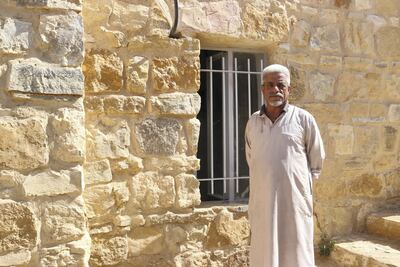
To retain their tourism licences, restaurants and hotels like Mr Khawaldeh’s must stay open, retain employees and keep the lights on, running up thousands of dollars in operating costs as they hobble into 2021.
In Jerash, northern Jordan, artisan Nadim Tantawi goes each day to his souvenir stand in the now-empty visitors centre and makes decorative sand bottles on the off-chance a tourist may come through.
“Without visitors to Jordan, all of us are just sitting around or sitting at home, there is no money going through the economy,” said the father of two, whose monthly income has dropped from 400 dinars to 50 dinars. “We just don’t know what to do.”
“Quite frankly, we are devastated,” said Raed Abdulhaq, head of Jordan Tour Guides Association.
The association says only 200 of the country’s 1,200 licensed guides benefited from the soft loan programme.
“Loans are not really a solution, they are shifting the problem farther down the road,” said Mr Abdulhaq, who called for an extension of Urdonnah Jennah.
Tourism operators urged the government to ease its ever-changing travel restrictions and unclear quarantine requirements, which have scared off travellers eager to visit an exotic yet safe destination.
“We understand the government does not have the resources to help us, which is why we are asking the government to help us help ourselves,” Mr Abdulhaq said. “Ease restrictions and reopen Jordan to visitors.”
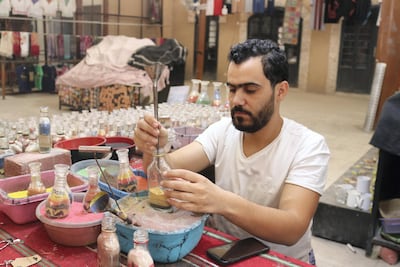
There are glimmers of hope on the horizon.
Inbound tour operators report that foreign tourists are postponing rather than cancelling the trips they planned this year, and several foreign charter flights are waiting for Jordan to ease restrictions.
In October, Lonely Planet listed Petra, the rock-carved Nabatean city in southern Jordan, as the top destination in its Ultimate Travel List and this month selected the capital Amman among its Best in Travel picks for 2021 as the “most welcoming” destination.
“Jordan will be back, I am optimistic,” said Mr Kawar of the tour operators' association. “Some say October 2021, it may be as early as April, but Jordan will welcome the world again.”
